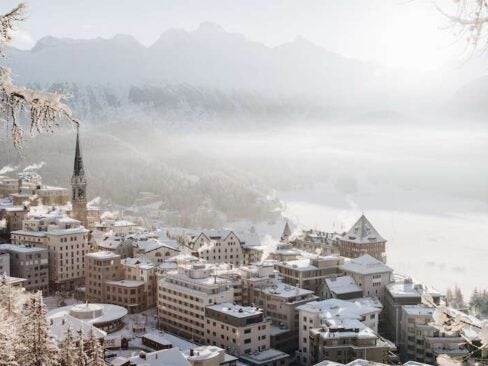“The only person I envy is the one who has never been to Africa. For they have so much to look forward to,” to paraphrase the famous quote. It’s day one of my seven-night safari and beach adventure in Tanzania with luxury travel specialists Abercrombie & Kent. And even though it’s February — the hottest, stickiest, most humid month in the calendar in this part of the world — I couldn’t agree more; I do have so much to look forward to.
With 86° Fahrenheit heat, thunderstorms and copious levels of animal-camouflaging foliage, you might wonder why I’ve chosen this particularly unforgiving time to adventure through the Tanzanian bush. The answer? The Great Migration.
The 1,200-mile journey of 1.5 million wildebeest and 250,000 zebra between Kenya and Tanzania converges in the southern Serengeti at this time of year, when the animals follow the rains in search of greener pastures. As the number of hooves on the ground increases, so does the number of paws, with cheetahs, leopards and lions making a beeline for the migration route.
[See also: Discover the Real Croatia on this Bespoke Private Tour]
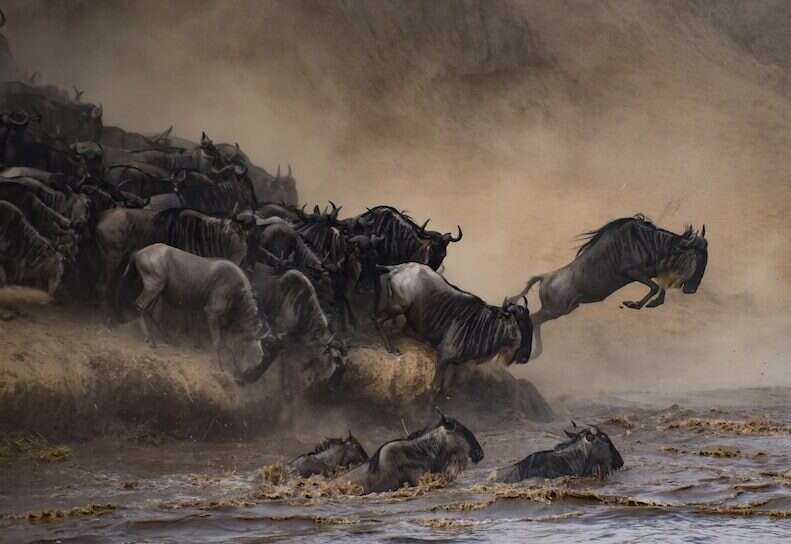
But first: elephants. We have opted to spend the first two nights of the safari not in the Serengeti, but 200 miles south in Tarangire National Park. Our home — Sanctuary Swala Camp — is situated in an area renowned for its abundant elephant population.
As we land at the remote Kuro airstrip, our private guide Samwel is waiting with a champagne picnic alongside his openside safari jeep. Five minutes after setting off, we stop, in awe, as an enormous female elephant appears from the trees. Following alongside is her tiny calf, no older than a week. The mother lets out an almighty grunt, and six more elephants emerge from the scrub in an assortment of sizes. “She’s the matriarch. They are responding to her call,” Samwel says.
[See also: Lepogo Lodges: Luxury Safari Meets Conservation in South Africa]
Swala means gazelle in Swahili, and it quickly becomes obvious why the unfenced camp bears that name. Just before the sun sets, we tuck into fresh handmade pasta and red snapper in the camp’s open-air dining room overlooking the lush savanna. Soon, the evening’s entertainment arrives in the form of around two dozen skittish impalas. They graze on the overgrown grass, all the while remaining alert and springing into the air at the slightest murmur.
Our chic safari tent comes complete with a four-poster bed, double vanity, indoor and outdoor showers, and an outdoor deck. The next morning, I take my freshly delivered coffee and homemade cookies outside hoping for a repeat performance. Rookie error! As I reach for my phone to capture the morning stillness, a vervet monkey swings down from the neighboring baobab tree and snatches my snack.
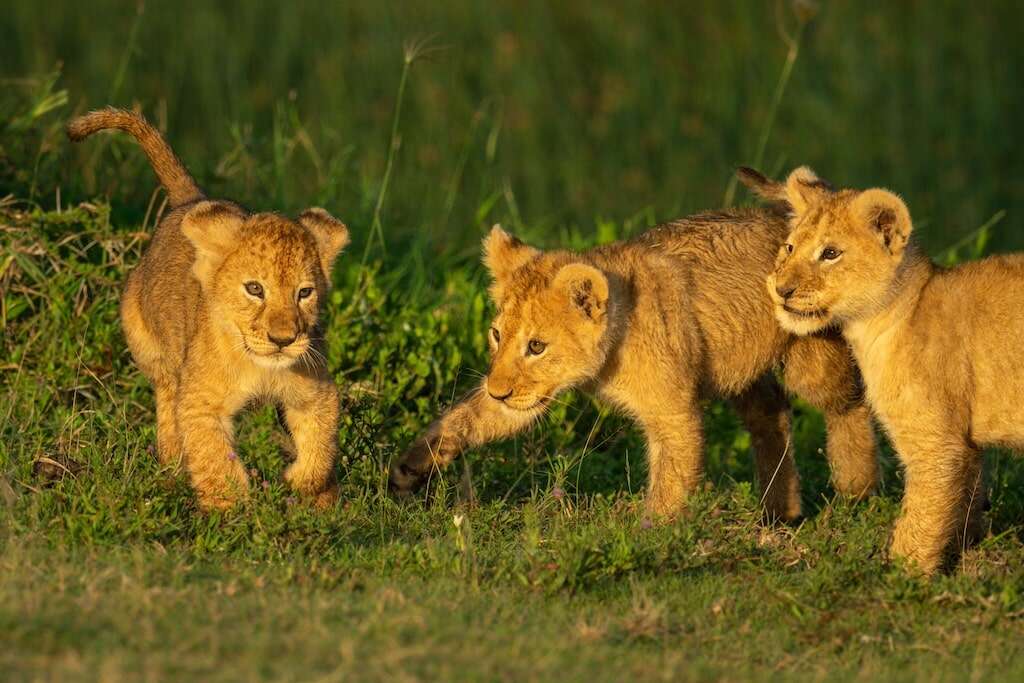
Food and drink firmly locked in the Jeep’s fridge, we begin the day’s game drive. There are over 500 species of bird in Tarangire and, as it is mating season, they are looking their best. A lilac-breasted roller darts past in a flash of lavender and blue, landing nearby as if asking for its picture to be taken. “They are very common,” remarks Samwel, as I marvel.
Our quest today is to find lions, but it is proving tricky due to Tarangire’s abundant flora. But before too long we see another big cat, as a solitary male leopard with his spectacular coat and powerful frame descends from an acacia tree. He jumps down into the grass and immediately vanishes to prowl his territory.
As we round a corner, a large bull elephant spots us, charging towards us at a pace I didn’t think a six-ton creature was capable of. “He’s showing off because he’s in musth,” Samwel says, putting his foot on the gas. Later, Samwel spots lion tracks on the road. The trail leads us to an umbrella acacia tree, its branches acting like a lush canopy for three sleeping lions.
As morning arrives, a flight over the Great Rift Valley takes us to the southern Serengeti plains, which is home to Sanctuary Kichakani Camp, a mobile camp that follows the Great Migration throughout the year.
[See also: Wilderness Usawa Serengeti: The Mobile Safari That Follows Nature]

“You’ve come at just the right time. The migration will be here tomorrow,” says Allan, our guide from Kichakani Camp. It’s early evening and we are heading to a water hole in search of a group of lions that Allan and his fellow guides have nicknamed ‘Pride of the Springs.’ Our luck holds, and we count four lionesses and three cubs, one of whom has an unusually short tail. I’m struck by how skinny they all are, their rib cages visible. “If they don’t make a kill tonight or tomorrow, they could be in trouble,” warns Allan.
My first wildlife sighting the following morning is a hyena with a wildebeest’s entire leg in its mouth. This, however, is just a prelude of what’s in store.
As we go off-road, we see a flurry of activity ahead. A lioness is meticulously ripping the flesh off a baby zebra who met its early demise not long before we arrived. As someone who often changes the channel when things get heated in a David Attenborough documentary, I had feared this moment. But, as the lion tears through the zebra’s carcass, I realize she’s not alone. She has three cubs with her — one with an unusually short tail. It was Pride of the Springs. I was so relieved they were eating.
“That’s it,” says Allan, pointing at a grayish line on the horizon. As we get closer, the sounds and smells float through the warm air until we are in the midst of hundreds of thousands of wildebeest and zebra. Some are splashing in a water hole, others are locking horns. I watch as a newly born calf — still with its umbilical cord attached — takes its first steps alongside its mother.
[See also: Experiencing a Slower South African Safari at Bushmans Kloof]
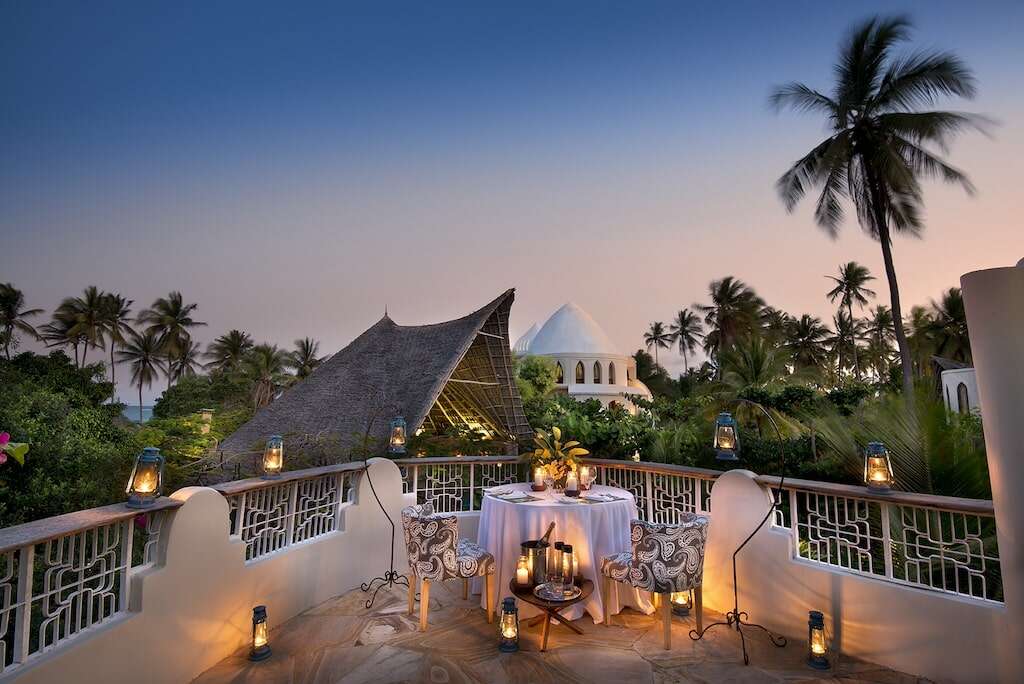
The crowd disperses around us as they continue on their journey. “Lunch?” asks Allan, as he jumps out of the Jeep and begins setting up a picnic table. I take a seat and sip my coffee as what’s regarded as one of the world’s greatest natural wonders makes its way past, with Allan keeping watch for predators.
And predators are never far away. The next day, Allan receives a call on the radio that two male cheetahs are nearby. Lounging in the tall grass, the big cats are shading themselves from the midday sun in a very strategic location. The migration is approaching, and Allan thinks we might see a kill.
[See also: The 29 Best New Hotel Suites in the World]
We wait poised on the edge of our seats for half an hour until eventually both our Jeep and the cheetahs become encircled by thousands of zebras and wildebeest. Yet there’s not even a raised eyebrow from the cheetahs. It’s possible the wildebeest sense their presence as an increasing number of large males stand at the edge of the herd — too large for a cheetah to take down. “They’ve either eaten already, or there hasn’t been the right opportunity yet,” says Allan.
Back at camp, we sit around the fire and watch the sun set over the plains. Tomorrow we leave the Serengeti for the tropical reaches of Zanzibar. The safari may have been a surreal experience, but so too is arriving at the exquisite Xanadu on Zanzibar’s east coast.
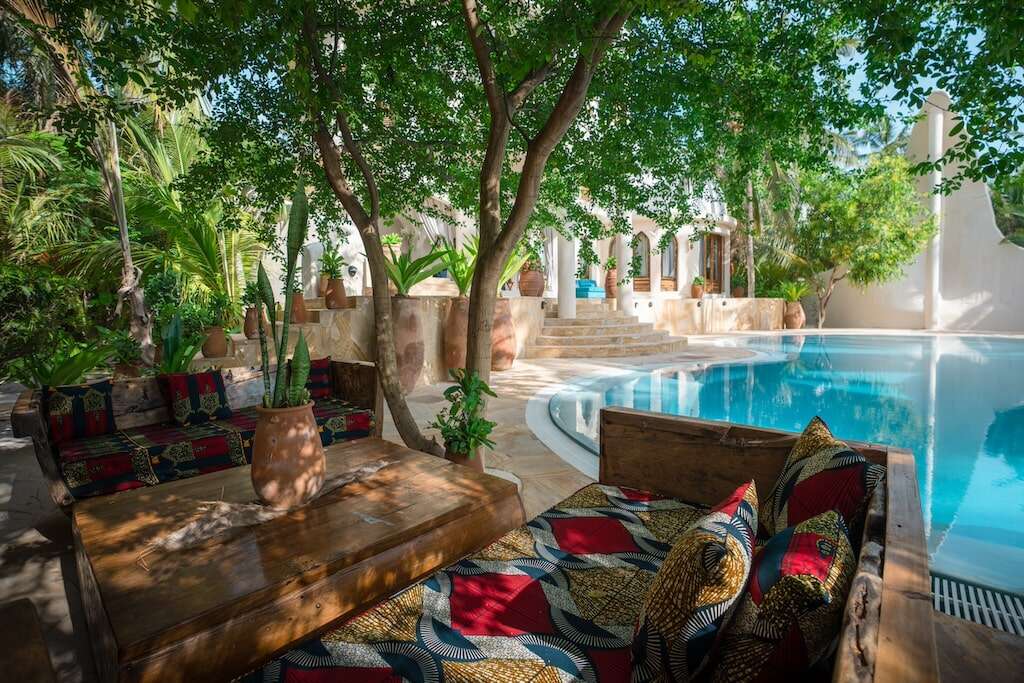
Entering the nine-villa resort is like drifting into a mirage (albeit a very exclusive one). Each villa rises up from the tropical foliage like a swirling white sculpture, overlooking the aquamarine Indian Ocean. Designed by its Zambian owner, Eileen Smith, the unique architecture and interiors take inspiration from Zanzibar’s multicultural heritage with Arabian, East African and English influences. We are led to our towering white domed villa by our private butler, Catherine.
In the evening, a dining table adorned with cerise hibiscus flowers and lanterns awaits on the beach. Destination dining is the norm at Xanadu, with the option of mealtimes in different secluded locations around the resort, as well as in the restaurant or in your villa. Seared tuna, calamari and tender beef filet all arrive cooked to perfection. Much of the produce comes from Xanadu’s own on-site organic farm, including the meat and dairy offerings, while seafood is sourced daily from local fishermen.
As I sink my feet into the sand on the resort’s private beach, the warm ocean breeze eases me into my new setting. I’m taken aback by just how different — yet equally spectacular — my view is. From the Serengeti to the Indian Ocean in a matter of hours… it seems Tanzania has it all.
Contact reservations@abercrombiekent.com, +1 800 554 7094, abercrombiekent.com









